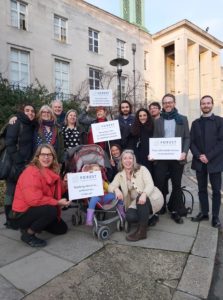Crystal Palace Community Land Trust is made up of local people aiming to acquire land to provide affordable homes, workspace and other community assets in consultation with local residents.
The CLT were selected as the preferred bidder for The Lawns site which was released by Croydon Council in 2019 and they are now looking to build around 7 homes on the site.
Using a resident-led design process, the homes will be designed for the community, by the community.
We caught up with Dichewa and Chris from the CLT to find out how their project at the Lawns is progressing.
 Mabel (pictured) has been working with PEACH for six years as a volunteer. When working working there, the community came up with the idea of a proposing an
Mabel (pictured) has been working with PEACH for six years as a volunteer. When working working there, the community came up with the idea of a proposing an 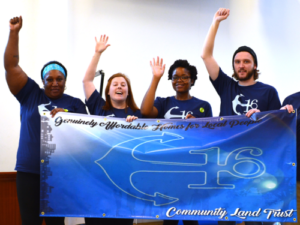

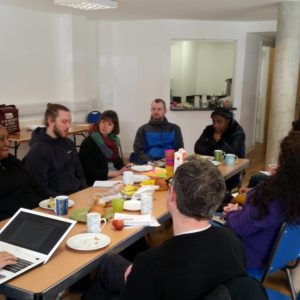 Another big step is negotiating with the council over the management of some empty homes in the area. Mabel tells me E16 CLT is looking to take on some “empty council properties and manage them to become a community landlord.”
Another big step is negotiating with the council over the management of some empty homes in the area. Mabel tells me E16 CLT is looking to take on some “empty council properties and manage them to become a community landlord.”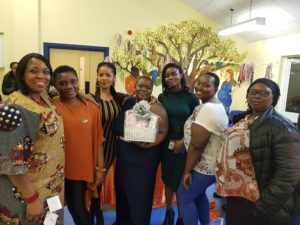
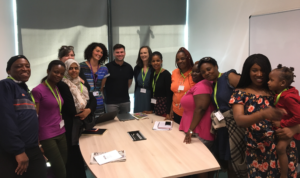
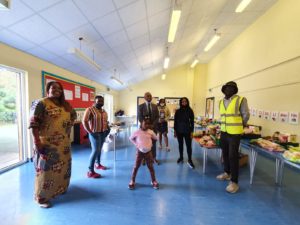
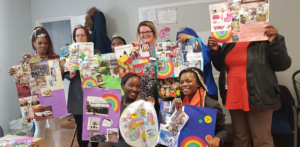 I ask her what she would recommend to other first-timers and she tells me, without hesitation, “You must have passion, you must know why you want to embark on this journey. If you don’t have a drive, if you don’t have passion, you will be put off by the challenge.”
I ask her what she would recommend to other first-timers and she tells me, without hesitation, “You must have passion, you must know why you want to embark on this journey. If you don’t have a drive, if you don’t have passion, you will be put off by the challenge.”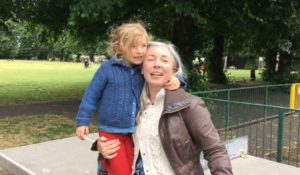
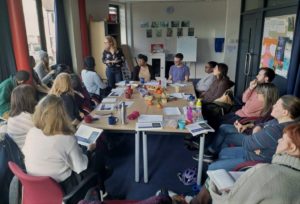
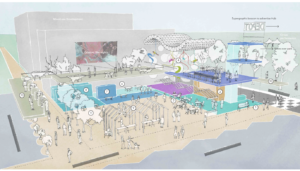
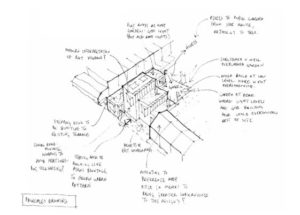
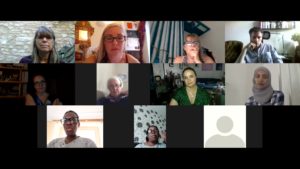 Forest CLT is using part of this funding to grow its membership, focusing particularly on recruiting members from more diverse backgrounds so that it can be more representative of this part of London.
Forest CLT is using part of this funding to grow its membership, focusing particularly on recruiting members from more diverse backgrounds so that it can be more representative of this part of London.